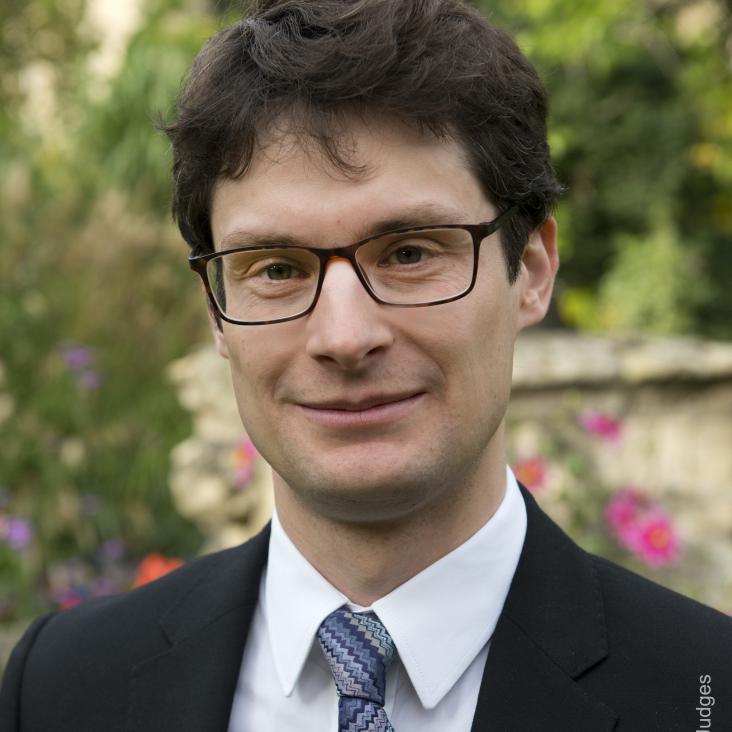Phase transitions in 3D loop models and the $CP^{n-1}$ $σ$ model
Physical Review B American Physical Society 88 (2013) 134411
Abstract:
We consider the statistical mechanics of a class of models involving close-packed loops with fugacity $n$ on three-dimensional lattices. The models exhibit phases of two types as a coupling constant is varied: in one, all loops are finite, and in the other, some loops are infinitely extended. We show that the loop models are discretisations of $CP^{n-1}$ $\sigma$ models. The finite and infinite loop phases represent, respectively, disordered and ordered phases of the $\sigma$ model, and we discuss the relationship between loop properties and $\sigma$ model correlators. On large scales, loops are Brownian in an ordered phase and have a non-trivial fractal dimension at a critical point. We simulate the models, finding continuous transitions between the two phases for $n=1,2,3$ and first order transitions for $n\geq 4$. We also give a renormalisation group treatment of the $CP^{n-1}$ model that shows how a continuous transition can survive for values of $n$ larger than (but close to) two, despite the presence of a cubic invariant in the Landau-Ginzburg description. The results we obtain are of broader relevance to a variety of problems, including SU(n) quantum magnets in (2+1) dimensions, Anderson localisation in symmetry class C, and the statistics of random curves in three dimensions.Length Distributions in Loop Soups
Physical Review Letters American Physical Society (APS) 111:10 (2013) 100601
Loop models with crossings
Physical Review B American Physical Society (APS) 87:18 (2013) 184204
Universal statistics of vortex lines.
Phys Rev E Stat Nonlin Soft Matter Phys 85:3-1 (2012) 031141


